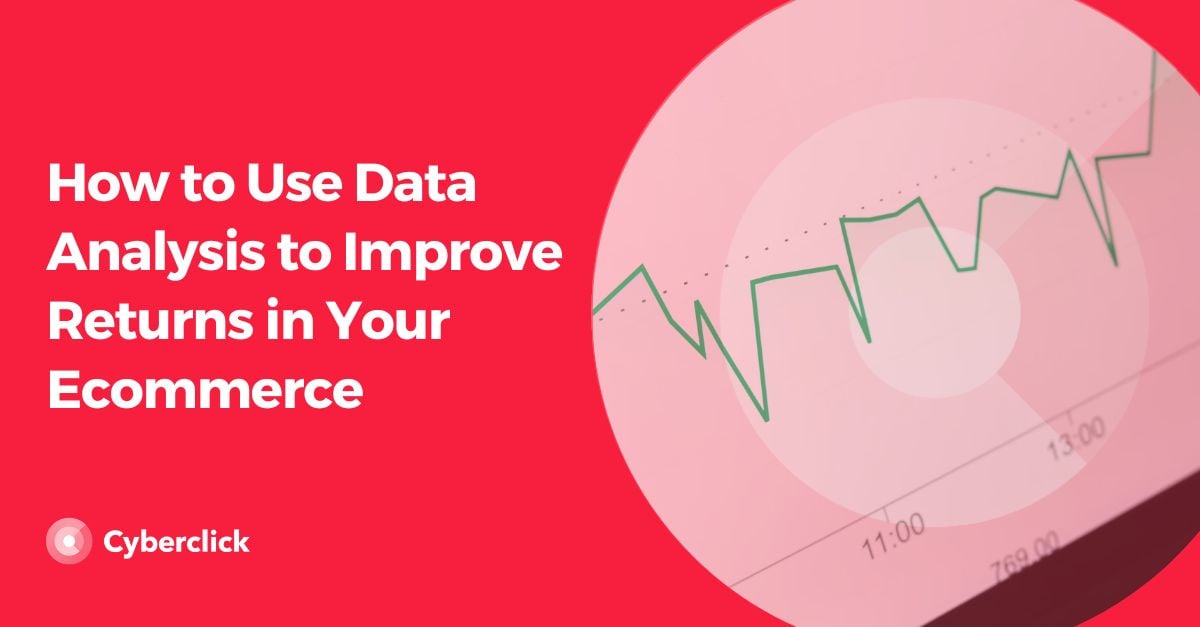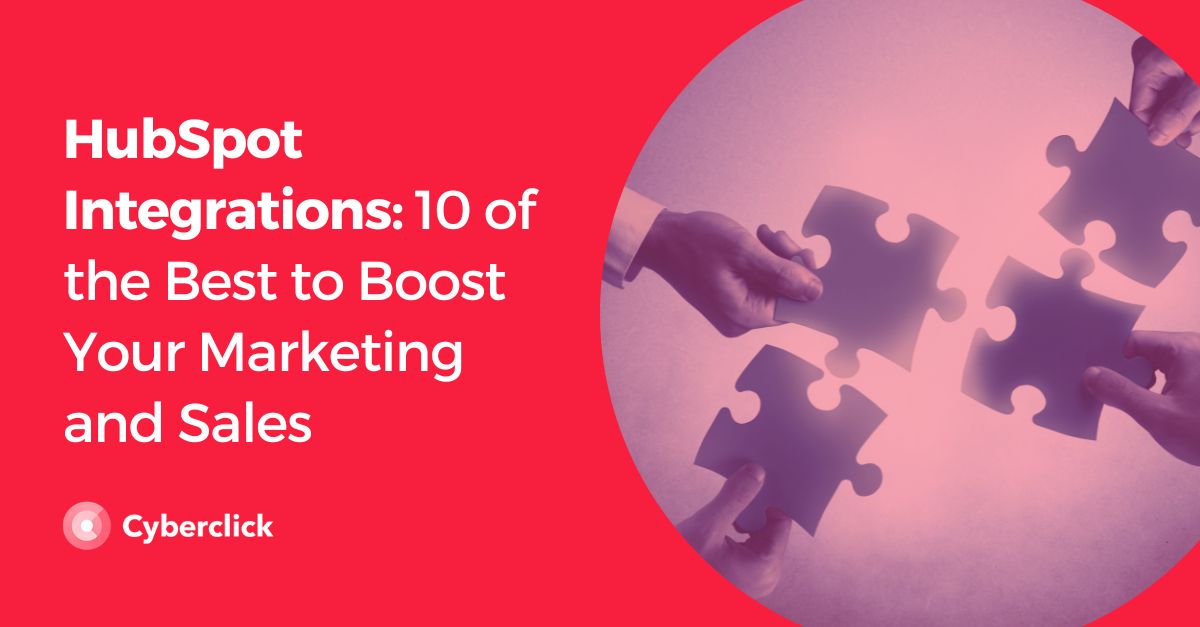The ROI, or return on investment, of an ecommerce is one of the most important metrics to track. Through data science, this metric can be greatly improved and, once you know the steps you need to take to do this, you can improve your ROI and take your ecommerce to another level.

How to Apply Data Analysis to Ecommerce
Data science can be used to study the data generated by an ecommerce. It can be analyzed and then used to reach conclusions about how to improve results. Disciplines such as artificial intelligence, machine learning, statistics, and computational engineering all play a part in this process.
Why Use Data Analysis in Ecommerce?
Applying data science to your ecommerce can help you better understand customer behavior, preferences, and pain points in order to give your buyers what they need and increase return on investment.
Limitations of Data Analysis
Although data science is crucial to work with if you have an ecommerce business, you should be aware that it is not a silver bullet.
As its name suggests, data science is based entirely on the data generated by a platform so, if the data is incomplete or not properly understood, it can lead to incorrect conclusions and then to wrong decisions.
Implementing data science requires highly qualified professionals who have deep technical knowledge on the subject, as well as sufficient experience.
Keep in mind that the inevitable end of cookies will limit data.
How to Get the Most Out of Data Analysis in Ecommerce
Customer Segmentation
It is not as useful to have general data for all your customers as it is to have specific data for each group. The interests of each segment are not the same and, therefore, neither are the strategies you'll need to use.
For example, it might be that with your South American audience you will increase your ROI by carrying out X actions, but that with your European audience you will have to use different strategies. You can only know this if you segment your customers according to different factors.
Optimize Your Ecommerce Search Option
The search bar of an ecommerce is a place where you can get a lot of information about customer behavior through data analysis. Therefore, it is important that it works perfectly.
Encourage a Data-Driven Mindset in Your Business
For data analytics to work, all teams in the company must be aware of its value and become accustomed to integrating it into their work dynamics.
Take Advantage of Predictive Analytics
With data analysis you can carry out predictive exercises to find patterns and identify trends, which will help you make better decisions. Data science not only helps you to know how things are going at the moment, but also to know what the future will be like if you continue with the same processes and strategies.
Analyze Key Metrics
To improve ROI you have to take into account many other metrics such as cart abandonment rate, total sales or conversion rate, among others. Data analysis will allow you to know what factors are improving or worsening your ROI.
The Most Useful Data Analysis Techniques to Improve ROI
- Heat mapping: this technique consists of monitoring users' behavior when they visit your ecommerce. It looks at things like clicks, mouse movements, and scrolling on the page, and displays them with heat maps, i.e. coloring areas where users pays more attention. This way, you can see which areas of your site are of most interest to people and then optimize their experience.
- A/B testing: This consists of running two versions of the same ecommerce and analyzing the results of each one to find out which works better and why.
- Funnel analysis: The complete conversion process of a user is monitored to identify where (in which stage or stages) they had difficulties. This allows you to know which stage is failing and is preventing your ROI from increasing.
Data Analysis Tools for Ecommerce
Here are some of the most useful tools for your ecommerce:
- Google Enhanced Ecommerce: Unlike Google Analytics, it records data from the entire user journey.
- Glew: The best thing about Glew is that it offers a varied analysis that includes analysis of inventory, products, customers, subscriptions, etc. It also allows you to integrate your ecommerce with other commercial tools and thus be able to perform more complete analysis.
- Woopra: This tool analyzes the customer journey and provides information to companies so that they know how to improve each phase.
- Savvycube: Gives you an overview of your sales so you can make better decisions. It allows you to learn a lot about your customers' buying habits and thus increase both order frequency and volume.
We hope we have opened your eyes a little more to the world of data analysis and encouraged you to incorporate it into your company's culture.
Data Scientist en Cyberclick. PhD en Astrofísica por la Universitat de Barcelona con más de diez años de experiencia en investigación mediante el análisis e interpretación de datos. En 2019 redirige su carrera profesional hacia el mundo del Data Science cursando el Postgrado en Data Science y Big Data de la UB, así como participando en el programa Science To Data Science (S2DS) en Londres. Actualmente forma parte del equipo de Data Science y SEM de Cyberclick.
Data Scientist at Cyberclick. PhD in Astrophysics from the University of Barcelona with more than ten years of research experience through data analysis and interpretation. In 2019 he redirected his professional career to the world of Data Science by graduating in Data Science and Big Data from the UB, as well as participating in the Science To Data Science (S2DS) program in London. He is currently part of Cyberclick's Data Science and SEM team.



.png)


Leave your comment and join the conversation